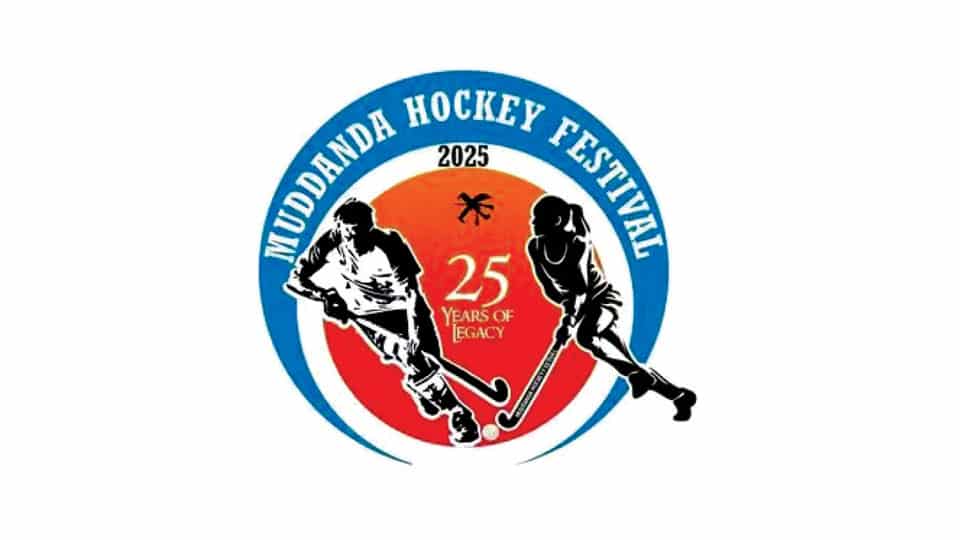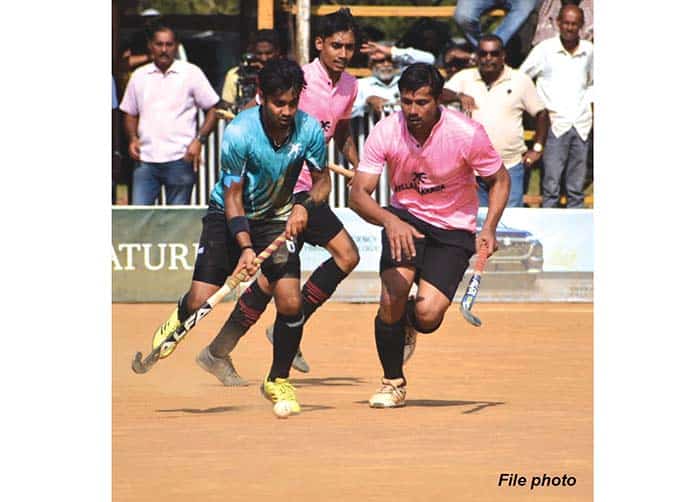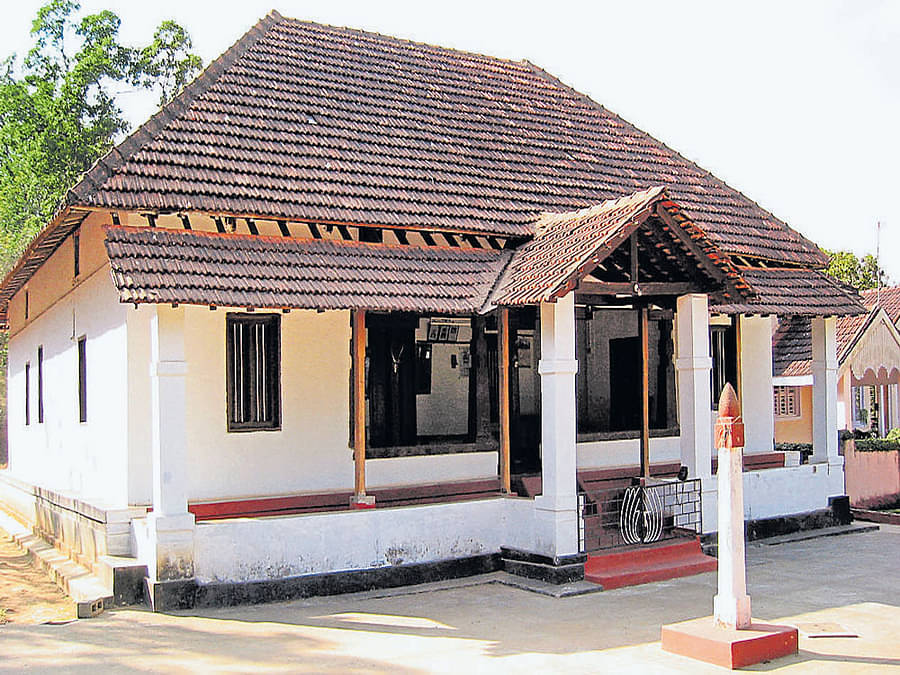
Madikeri:
The Kodava Family Hockey Namme (Festival) celebrates its 25th edition this year, with the Muddanda Cup Hockey Tournament set to begin on Mar. 28 and continue until Apr. 27.
Matches will be played across three different grounds, with 370 teams already registered for the competition.
Addressing the media in Madikeri yesterday, Kodagu Hockey Academy President Pandanda K. Bopanna noted that while 360 teams participated in last year’s Kundyolanda Hockey Fest, this year’s registrations have already reached 370, with a few more days left for additional entries.
He announced that the inaugural ceremony will feature an exhibition match between Kodagu Hockey Academy XI and Karnataka XI.
Tournament Director Badakada Deena Poovaiah and Coordinator Muddanda Roy Thammaiah will oversee the event.
Cheppudira Cariappa will serve as the main commentator, assisted by Maletira Srinivas, while Kecchettira Prasanna will be in charge of match coordination. The inauguration will also include a special felicitation ceremony honouring the Kundyolanda family, which achieved a Guinness World Record last year.
Umpire training
Hockey Academy Working President Mekerira Ravi Pemmaiah revealed that a training programme for hockey umpires will be conducted on Mar. 19 and 20 at Cauvery College, Virajpet, urging young hockey enthusiasts to participate.
Academy Vice-President Kukkera Jaya Chinnappa stated that several dignitaries, including Virajpet MLA and Chief Minister’s Legal Advisor A.S. Ponnanna, Madikeri MLA Dr. Manthar Gowda, Mysuru-Kodagu MP Yaduveer Krishnadatta Chamaraja Wadiyar, MLC M.P. Suja Kushalappa, Rajya Sabha MP Ajay Maken, Kodagu Deputy Commissioner Vekatraja, and Kodagu SP K. Ramrajan, will attend the grand opening ceremony.

Kreeda Jyothi
Muddanda Hockey Festival Chairman Muddanda Rashin Subbaiah confirmed that matches will take place at Field Marshal K.M. Cariappa College Grounds and the Police Parade Grounds. As part of the festival’s silver jubilee celebrations, a special ‘Kreeda Jyothi’ (Sports Torch) marathon will be held, visiting the Ainmanes (ancestral homes) of Kodava families.
The marathon will commence at 8 am on Mar. 25 from the Ainmane of the Pandanda family in Karada village, the pioneers of the Kodava Family Hockey Festival.
It will pass through eight Ainmanes in Ponnampet and surrounding areas before concluding on Mar. 28. On the inaugural day, a rally carrying the sports torch will proceed from General Thimayya Circle to Field Marshal K.M. Cariappa College Grounds, flagged off by MLA A.S. Ponnanna.
To commemorate 25 years of the festival, a women’s hockey tournament has been introduced as part of the Muddanda Hockey Festival. So far, 30 women’s teams have registered, and more entries are expected before the Apr. 10 deadline.
The women’s matches will be played at the Police Parade Grounds in Madikeri. Star Indian hockey players Lalremsiami Hmarzote from the women’s national team and Indian men’s team captain Harmanpreet Singh will visit Madikeri during the tournament.
Matrimonial meet
The festival will also feature a thand-bendhu (matrimonial meet) and a quiz competition at the venue. A special cyclothon is scheduled for Apr. 26, and DJ music will entertain spectators from the pre-quarterfinal stage through the final.
An open ‘Maja Run’ from Field Marshal K.M. Cariappa Circle has also been planned as part of the celebrations. Parking arrangements have been made for 2,000 vehicles, and Bengaluru-based Vandana Trust will assist in waste management throughout the month-long event.
Additionally, a shooting competition will be held on Apr. 20 at Ground No. 2, featuring three categories: 50-metre .22 rifle shooting, 30-metre 12-bore gun shooting, and 15-metre air rifle egg shooting. A traditional coconut shooting competition will also be organised.
Muddanda Family President Muddanda B. Devaiah urged members of the Kodava community to participate in large numbers in the rally from General Thimayya Circle to Field Marshal K.M. Cariappa College Grounds, marking a significant milestone in the history of the Kodava Family Hockey Festival.
source: http://www.starofmysore.com / Star of Mysore / Home> Sports / March 16th, 2025


